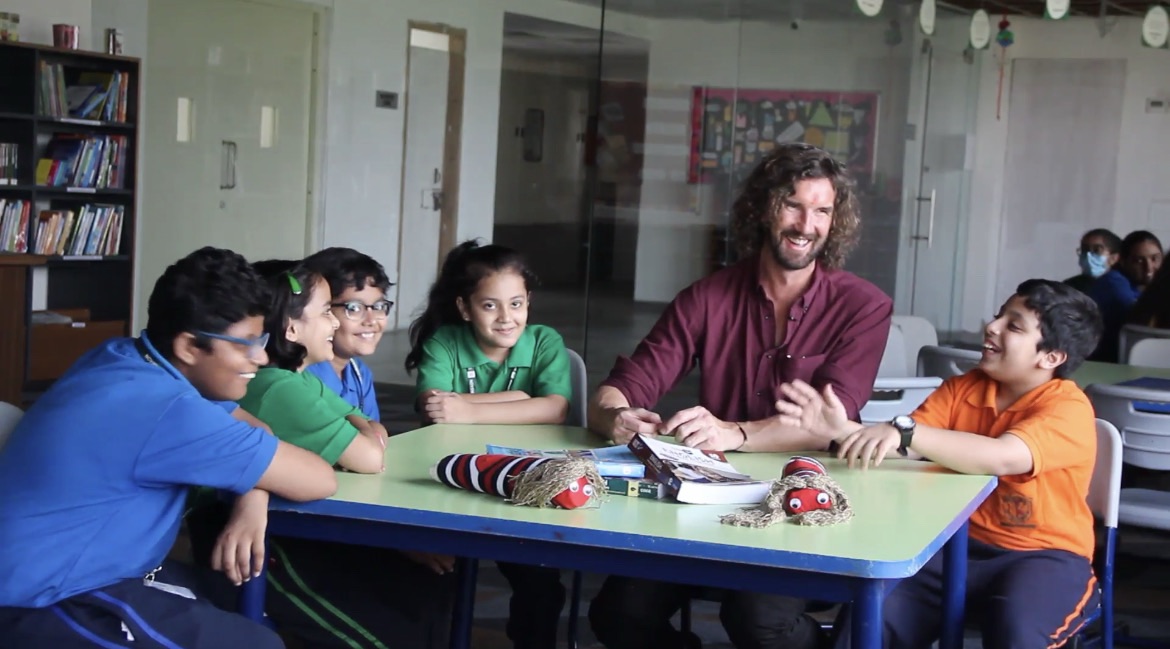This week, I had the privilege of walking amongst giants—majestic redwoods that stood as silent sentinels of nature’s wisdom. Amidst the chaotic pace of modern life, the symphony of nature often goes unnoticed—the rustling leaves, the chirping birds, the babbling brooks—all of which create a tranquil melody that offers solace and awe to those who pause to listen.
In the rush to adopt new teaching materials, technologies, and methodologies, we must not overlook the ultimate teacher at our disposal—nature itself. From its intricate ecosystems to the life lessons it imparts, nature stands as an unparalleled source of wisdom and inspiration. Let’s explore ten innovative ways teachers can infuse the power of nature into their classrooms.
1. Ecosystem Exploration
Nature’s ecosystems embody principles of sustainability, adaptation, and interdependence. By observing these concepts in action, students can grasp complex ecological relationships and apply them to real-world challenges.
2. Life Cycle Lessons
Studying the life cycles of plants and animals provides tangible examples of growth, change, and the circle of life. This hands-on learning experience fosters a deeper understanding of biology and the natural world.
3. Survival Strategies
Nature’s inhabitants employ ingenious survival tactics. By observing animals’ behaviors and adaptations, students can glean insights into problem-solving, resilience, and innovation.
4. Outdoor Mathematics
Nature is a living math textbook. Patterns in petals, symmetry in seashells, and the Fibonacci sequence in pinecones showcase mathematical concepts. Integrating outdoor math activities makes learning abstract principles tangible.
5. Historical Landscapes
Geological formations and ancient fossils narrate the Earth’s history. By exploring these natural archives, students connect with the past, making history come alive in a tangible and engaging way.
6. Artistic Inspiration
The natural world has long been a muse for artists. By immersing students in nature’s beauty, teachers can stimulate creativity and encourage artistic expression inspired by landscapes, flora, and fauna.
7. Environmental Stewardship
Exposing students to nature fosters a sense of environmental responsibility. They develop a greater appreciation for Earth’s resources, encouraging them to become caretakers of the planet.

8. Sensory Learning
Nature engages all the senses—sight, sound, touch, smell, and taste. Incorporating sensory experiences into lessons helps accommodate diverse learning styles and enhances memory retention.
9. Critical Thinking in the Wild
Outdoor excursions encourage critical thinking as students encounter real-world situations that require problem-solving, decision-making, and teamwork.
10. Mindfulness and Well-being
Nature’s calming effect promotes mindfulness and well-being. Time spent outdoors reduces stress, improves focus, and enhances overall mental health, creating a conducive environment for learning.
In the relentless pursuit of education’s evolution, let us not forget that nature stands as a timeless and boundless wellspring of wisdom. Beyond textbooks and gadgets, the great outdoors provides unmatched learning experiences. As educators, it’s our responsibility to expose our students to the beauty, lessons, and interconnectedness that nature offers. By embracing nature’s classroom, we instill in our students a profound respect for the environment and a deeper understanding of their place in the world.
So remember, amidst the textbooks and lesson plans, “Nature is every teacher’s greatest resource!”
#nature #education #teacher #teaching #montessori








